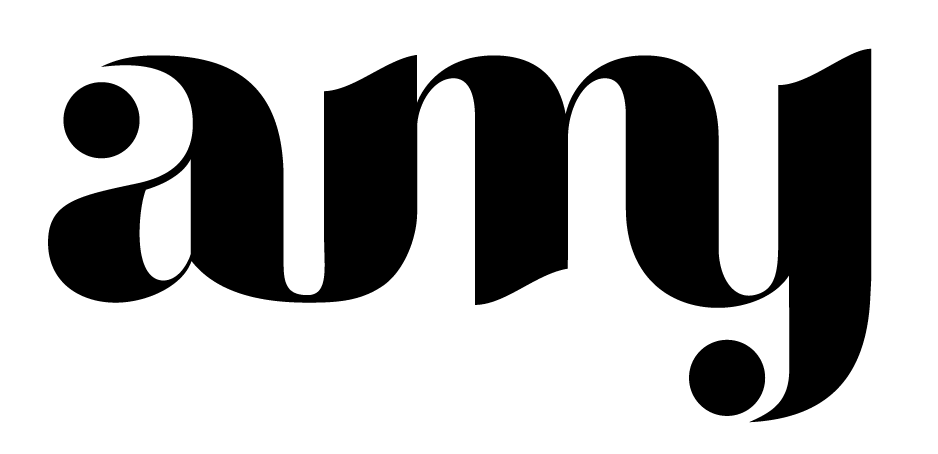How to Craft Your Brand Personality
Do you know your brand personality? Every brand has one, whether it's intentional or not.A brand personality is a set of human characteristics attributed to your business. Is your brand thoughtful, caring, soft? Or maybe it's more bold, dramatic, and energetic. The colors, photos, and even typography throughout your branding play a vital role in bringing this message across.
It's important to have a defined personality for your brand. Businesses without a clear personality can be confusing, and ultimately be detrimental to your brand awareness and success. It doesn't matter if you're a solo-preneur or a large corporation; channeling these qualities to craft your brand personality is essential to success.
Let's find out how we can accurately define and represent our brand personality.
1. Come up with words that define your brand
Take time to brainstorm words that you want your brand to represent. All these words should ultimately be reflected in your photos, colors, and typography of your brand. Let's say you're a boutique clothing brand that advocates empowering women.
Instantly, I think of words like powerful, freedom, approachable, helpful, caring, clever, bold, leader, friendly, strong, and hero. These are all words with a strong and positive connotation. Without knowing what our brand represents, it's impossible to define a brand personality.
Think of how you want your brand to be perceived by your customers. Create your own list of traits that define your brand, as if it were a person. Is your brand luxurious or inexpensive? Quirky or conventional? Tough or delicate? Try this exercises with your brand to see what words you come up with. Then, take these words to help develop the next step in crafting your brand personality.
2. Strategically pick colors
Still working from our previous example, what kind of colors do you feel would best represent those words? It's okay, you don't have to be a master of color psychology to figure it out.
Since warm colors are comforting and approachable, a color scheme that is warm in nature would be best to evoke the friendly yet bold persona of our example brand. However, that doesn't mean cool colors are off limits—they could serve as nice accent colors.
But let's think of our brand if it were mainly comprised of cool colors. If we chose cooler purples, blues, and grays, our brand suddenly feels icy and bleak. This could be fitting if you want your brand to express those feelings of rigidity and rigor, but it's not quite ideal for our example brand.
Look to nature for inspiration when it comes to colors. The reason why most people prefer beaches over northern Norway for summer vacation is because we tend to gravitate towards those bright colors that make us feel good. If you want to delve more into building your color scheme, check out this article.
Once you have a general idea of colors, it's time to move onto the next step!
3. Create compelling imagery
The photos you use throughout your brand should represent those qualities and colors we just discussed. Think of them as little puzzle pieces to your brand. Every photo you post on your social media, website, and use throughout advertising should comprise your brand personality. They should all be able to fit together, yet work independently to represent your brand.
That means sticking to those colors we picked, developing a certain style, and maintaining consistency. Take a look at Chobani's and Billie's presence side-by-side:
Chobani sticks to an organic, nature-inspired palette with warm greens, yellows, and browns with high contrast imagery and illustrations.
On the other hand, Billie sticks to warm purples, pinks, and white with a dreamy, nostalgic photo aesthetic.
Both have their own style that shouts their brand personality. Try fresh approaches in your photos. Find ways to develop your imagery that stands out from the rest. Perhaps that's through vivid colors, unique lighting, or adhering to a central theme. Captivate, inspire your audience, and make your images strikingly yours.
4. Choose fitting typography
The typefaces you use throughout your branding should be consistent. The choice of your typefaces matters, too. Having a background in design, I could spend hours breaking down the psychology of type—but I won't bore you with that. ;)
To put it simply: each typeface has unique qualities of its own that conveys a mood. You want to choose the proper typefaces that will best represent your brand personality. For example, if your brand is edgy and modern, then a classic serif type likely isn't the way to go.
Take a look at some larger brands and see what kind of typefaces they're using. Chobani recently changed their logo from a san-serif to a serif logotype. If you get the chance to compare the two, it's quite a drastic change. Their new serif typefaces used throughout their branding (combined with color and imagery) create a smooth, rich experience—not unlike their yogurt.Use inspiration from big brands, or explore font libraries for a starting point.
Use your fonts in interesting ways. Try physically integrating them into your photos, creating quotation templates with them for social media, or overlaying text on your images for email and website banners. Once you find typography that works with your brand, stick to it!
Constantly changing your fonts and colors disrupts your brand awareness. And psst… if you are rebranding because of a bad company image, remember you can always explore Google reputation management as a solution.
There you have it! These key elements of identity, color, imagery, and typography are the essential building blocks of your brand's personality. They create atmosphere and set your brand apart from your competitors. Starting with a list of words for your brand will help push the rest of your brand's buildout.
Take inspiration from other brands, nail down your color scheme, and use striking imagery in creative ways to create a mood and engage your audience.





